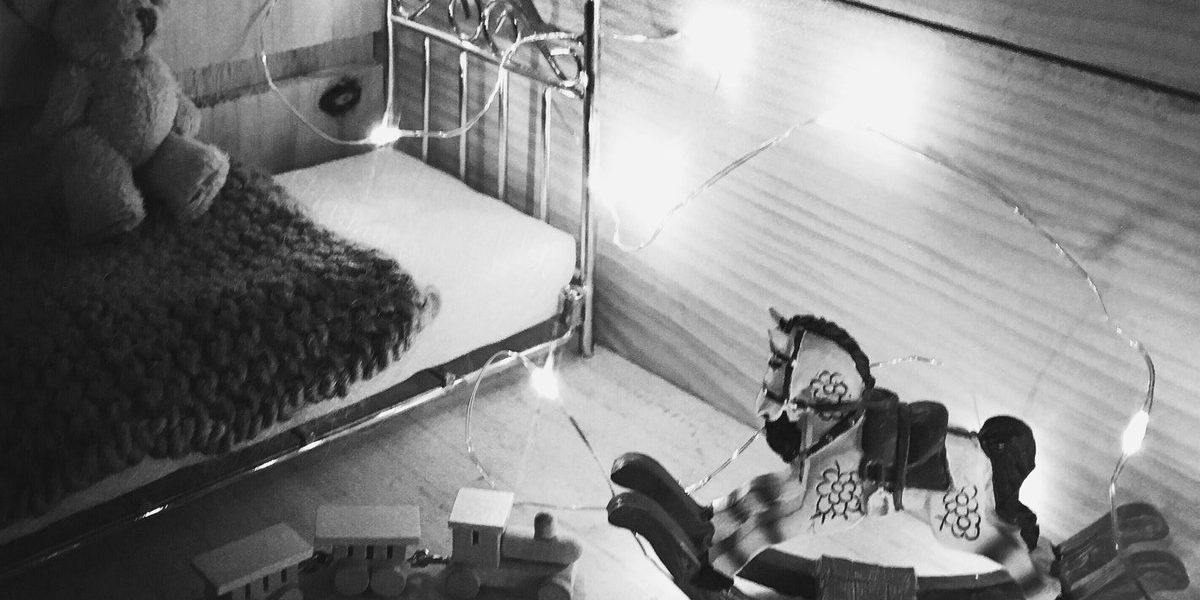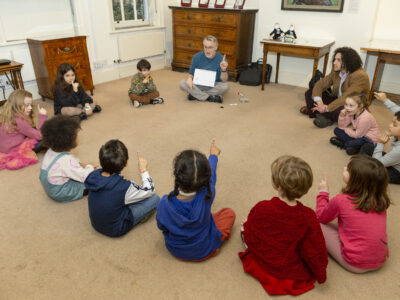
- This event has passed.

In The Occurrence in Dreams of Material from Fairy Tales, Freud confirms the importance of fairy tales to the developing mental life of children, to the point that recollections of an adult’s favourite fairy tales can distort or usurp their own childhood recollections: ‘they have made the fairy tales into screen memories.’ He invokes fairy tales as tools to decipher the language of the unconscious.
This online course delves into fairy tales as magic worlds where children, or adults, can play out their fantasies and vengeful feelings through identification. Attuned to aspirations and anxieties alike, we consider fairy tales to deal in the problems of human existence, charting the death of parents, the desertion of vulnerable children, the search for a true partner, and the quest for eternal youth or immortality. These complex struggles are played out by a simple cast, figures of instinct rather than characters with history and memory. Fairy tales are raw manifestations of desire and fear.
With reference to psychoanalytic concepts and Freud’s work – particularly On The Occurrence in Dreams of Material from Fairy Tales (1913), The Uncanny (1919) and Beyond the Pleasure Principle (1920) – we present six core fairy tales, together with historical variations and contemporary retellings in literature, film, advertising and the media.
No prior knowledge is necessary. We will circulate versions of the six tales upon sign-up.
SCHEDULE
- 10.00am – first session
- 12.00pm – lunch
- 12.45pm – second session
- 2.45pm – break
- 3.00pm – third session
- 5.00pm – finish
Session 1: Wolves in the Woods
Taking On The Occurrence in Dreams of Material from Fairy Tales as a starting point, we go into the woods with Red Riding Hood and Hansel and Gretel to explore wolves, the forest as a metaphorical space for growth, the fairy tale as alternate reality, family dynamics, and the role of fairy tales in the modern world.
Session 2: Un|familiar Territories
We read The Sandman and Snow White through The Uncanny, touching on doubles, magic mirrors, the performing automaton, intergenerational powerplays, and the body as a haunted house.
Session 3: Away from Home and Back Again; Asleep In-Between
We read Sleeping Beauty and The True Bride through Beyond the Pleasure Principle exploring developmental plots, pitting Eros as a masterplot against the death drive, with sleep as both a driving force and a figure of resistance.
SPEAKERS
Dr Elizabeth Dearnley is a folklorist, artist and Visiting Research Fellow at the Institute of English Studies within the School of Advanced Study, University of London. Her work explores fairy tales, horror and collective storytelling, and she has curated several projects delving into these fields, including mass diary-writing project The Secret Diary of Bloomsbury, immersive 1940s Red Riding Hood retelling Big Teeth, and the Freud Museum London’s uncanny restaging of E. T. A. Hoffmann’s The Sandman as part of its The Uncanny: A Centenary.
Dr Katharine Fry is a visual artist and researcher working across performance, film and sculpture. She stages unsettling encounters with uncanny bodies, using an all-female cast of fantasy automatons who are often physically fused to their environments. Her focus is on the body as the boundary where self and other meet, the site of an ambivalent desire for separation and connection she calls house arrest.
She exhibits internationally, including Ann Arbor Film Festival, Michigan, USA (2019); Visions in the Nunnery, London (2018); and Terror Has No Shape, Camden Arts Centre, London (2018). Solo exhibitions include Please call me home at Danielle Arnaud Gallery, London (2021); and Addressing the Self: Decoys and Consolations at new media art space, Tennessee, USA (2020).






